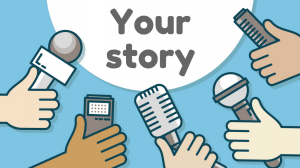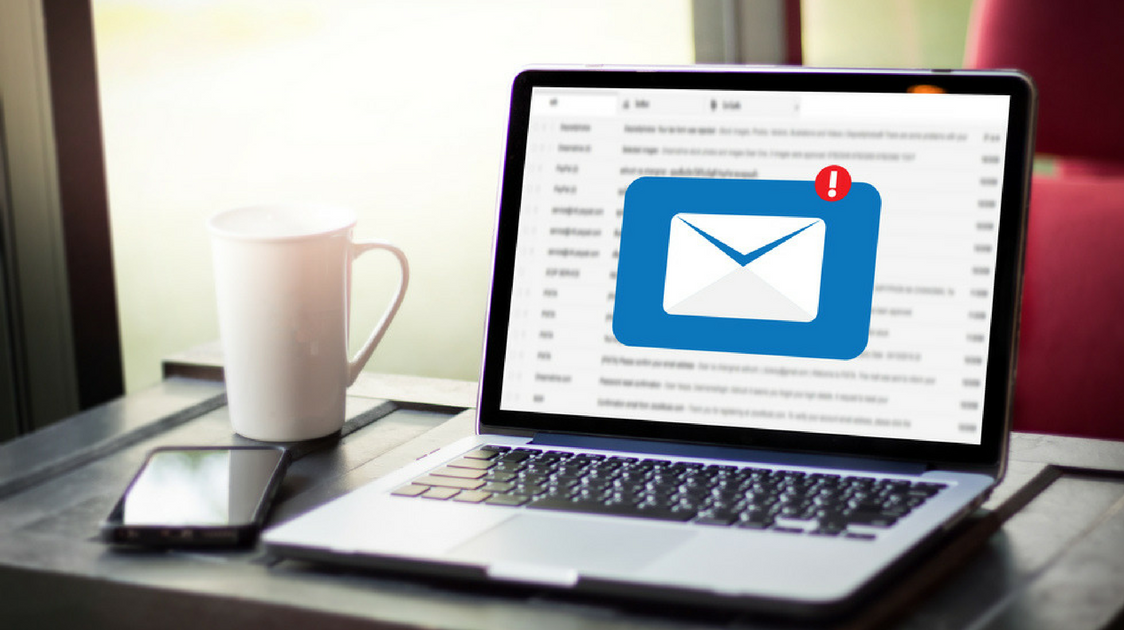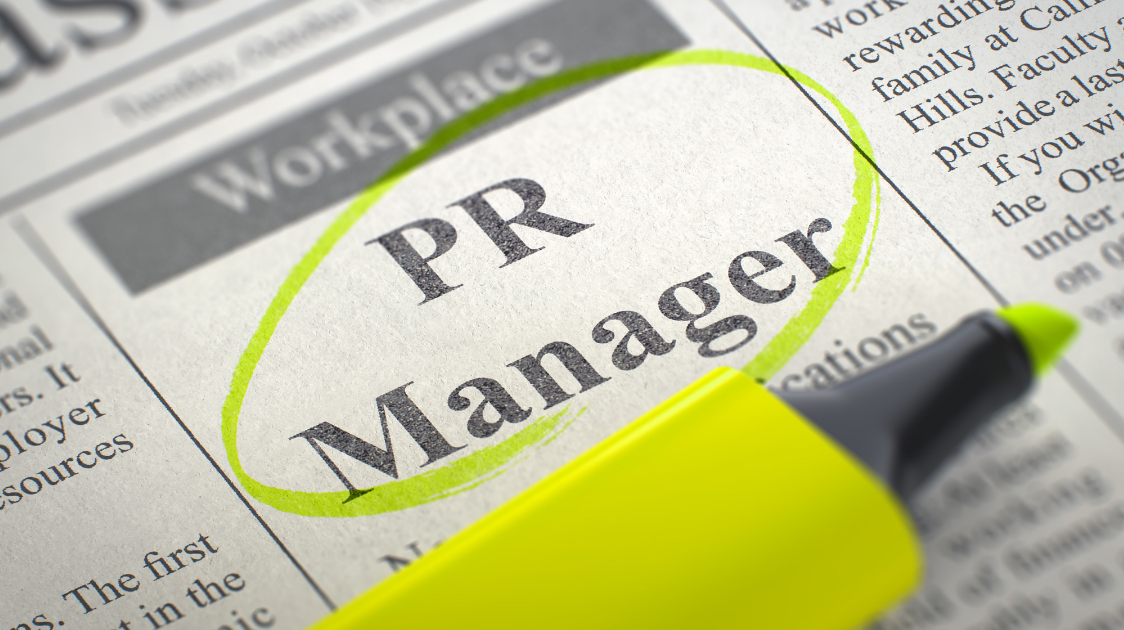Blog / Guest blog / How to...
How to make sure your clients are prepared for trade shows

A guest blog post written by Lawrence Taylor, Account Director at RYVL Ranieri
Trade shows are often some of the most important dates in the calendar for clients. Bringing all of the big dogs and challenger brands from a specific industry together offers some serious networking opportunities you’ll struggle to get elsewhere. Until the following year that is, when the whole thing starts over again.
Even within RYVL Ranieri’s own consumer tech field, there are a number of key shows that most of our clients look to attend. We’re just about coming out of the craze of IFA, Europe’s biggest consumer tech trade show, though come the end of the year and we’ll be getting stuck into the beast that is CES. Trade shows are year-round occurrences, and preparing for them is no easy feat.
As communications experts, we need to make sure we are offering our clients the best possible advice to really make sure they’re prepared for trade shows. With more than a few trips under my belt, here are a few key questions you should always ask that I’ve picked up along the way.
Do you need to be there?
Starting with the most basic question of all; do you really need to be there? Trade shows are an excellent opportunity to show off your brand, though if you don’t have anything to talk about, they can be an expensive mistake. Don’t let your clients do a show purely because they think they should. Not attending isn’t the end of the world, and a poor exhibition can do more harm than good.
Do you have a strategy in place?
Once you’ve decided that your client should definitely be attending, your next port of call is to work out a strategy to get them as much attention as possible. Heading out to a show without a battle plan is only going to result in failure, so make sure you have one in place.
For example; recently, our client, HARMAN, was exhibiting at IFA and so we not only distributed press releases on all of its new products, but we also organised for a handful of press to head out and cover the brand at the show. Hosting press costs a little bit extra, but is one of the only ways to guarantee coverage, whilst also building strong relationships between the hosted press and the client.
Will everything be ready in time?
A lot of clients are able to get to this stage though fail when it comes to the next step. Namely, ensuring everything will be ready on time. A lot of the work on the ground will be sorted by your client’s internal marketing team, though you will often need to work until the last minute to make sure press releases are out, any press hosting is finalised, interview opportunities are booked in, and so on.
The trick here is to stay on top of your client and make sure you’re getting all of the information you need in time to keep the journalists on the ground happy and get any social or content activity you’re doing rolling.
Are you prepared for the aftermath?
It’s important to remember that the hard work doesn’t stop once the show is over. You should prepare your client well ahead of time for the aftermath. If all goes well, there should be multiple journalist requests and opportunities to tie up, and preparing for these needs planning in advance.
For example, if your client is consumer-facing and has launched a load of new products, you’ll need to have information ahead of time on when samples will become available. Activity after the show is often as important as during, so make sure your client is prepared to follow through on what they’ve been shouting about and really make their time at the show count.
About the Author
 Lawrence Taylor is an Account Director at consumer tech and lifestyle communications agency, RYVL Ranieri.
Lawrence Taylor is an Account Director at consumer tech and lifestyle communications agency, RYVL Ranieri.
After an introduction to PR in the wine industry, I quickly made my way into tech, getting my hands on everything from audio to TVs and laptops. I’ve been at RYVL Ranieri for over two years now, and have seen us grow into a multi-national, multi-service agency working for both challenger and hero consumer tech brands.


